I have a trick question for you.
What dictates your Facebook ad cost?
Obviously, there are several factors that affect pricing.
But what’s the most significant one?
One study from AdEspresso can help us figure this out.
They took the same exact ad, ran it to two different groups of people, using the same budget for each.
Here were the results:
- Group One: $0.142 cost per website click.
- Group Two: $0.03 cost per website click
The second ad campaign got 1,103 clicks vs. only 278 for the first. That’s 4X the results!
What was the trick?
It wasn’t the ad. It wasn’t the budget.
It was the audience.
92% of marketers advertise on Facebook. That’s almost every single marketer.
One reason is that the Facebook algorithm hates you. Your organic reach keeps declining.
Facebook ads offer the best alternative.
And yet the ads themselves are the last of your worries.
Instead, your audience targeting is the biggest problem because there’s a Catch 22:
- Tailored custom audiences offer the best bang for your buck,
- But you can’t start using those until you reach enough people.
“But, Neil, how the heck do I get to that point? What if I don’t have custom audiences built already to fill my funnel?”
All you have to do is read the rest of this article.
Dig up your audience demographics
Demographics are the most basic facts about your customers.
Where do they live? How old are they? What do they do for a living?
Figuring these out allows you to segment audiences into living, breathing customer personas.
That way, you can change the messaging on one ad vs. another.
I have good news for you.
There’s a ready-made solution that will give you all of this information. It only takes about five minutes.
Everything you need is already inside Facebook!
Log in and head over to your Business Page Insights. Look for the “People” link in the lower left-hand corner.
You’ll quickly get a breakdown of audience location, gender, and age ranges.
You can also go into your advertising account under the Business Manager to access more audience insights.
The “Lifestyle” section is especially helpful.
Age, location, and gender are only so helpful. You don’t get any actionable insight.
Lifestyle can start to piece together the clues. It will tell you how these people self-identify.
That means you’ll be able to start making educated guesses about their likes and dislikes.
Digging even further, you’ll be able to pull up job title information. This will give you an idea of their education and even household income.
The Page Like preferences section will start to provide information on what interests these people follow.
You need this information. It’s going to come in handy in the next step.
But before moving on, you can also review their Retail Spending and Online Purchases trends.
This information can also be helpful for B2B companies, believe it or not.
Your goal is to understand your customers. Looking at where people spend money tells you about their priorities in life.
Facebook Insights and the ad manager will give you a ton of useful data. But it’s not the only source out there.
Head on over to Google Analytics and take a look at the Demographic Report.
You’ll find it underneath “Audience” and the “Demographics Overview” on the left-hand side of your screen.
Now you should have some basic information to start with.
Then compile everything in a simple document, like so:
Have you made it this far? Perfect. Let’s now find out what these people are interested in.
What interests your audience?
Where do you go for information today?
There’s only one logical answer to that question.
Bing!
That was a joke, but Bing will work fine.
The quickest way to create an interest-based audience in Facebook is to target other page followers.
For example, what brands, influencers, or competitors does your audience like?
Fire up Google and start looking.
If I was doing this for Crazy Egg, I might type in “marketing tools.”
Then Google gives me a list of similar brands that fall under the same umbrella.
Why should you start here?
Starting with these paid tools means that someone is already spending money!
For example, a marketer spending money on MailChimp is more likely to spend money on Crazy Egg.
You might tweak the search depending on these results.
For example, Kissmetrics is a little more expensive. Maybe you’d look for other expensive marketing tools like HubSpot, then.
You should also look for big media properties in your space.
Ideally, try to find ‘lists of lists’ of the best blogs or bloggers.
Type in “women’s fashion bloggers” and take a look at what shows up immediately:
Awesome!
Now you can go back to Facebook and start adding each individual blog.
You can’t stop here just yet.
While ~20,000 might sound like a lot, it’s not. I’ll reveal the ideal audience size in the next section below.
But before we get there, let’s review a few more ways to get this interest-based data.
Head over to Followerwonk. Technically, this tool is like Google Analytics for Twitter.
It can provide deep audience insight behind who follows different Twitter accounts.
“Neil, we’re talking about Facebook here. Why are you bringing up Twitter?!” you ask.
Not everyone will have a large Facebook audience. You can use other social platforms, though, to find similar data to use.
For example, let’s type in a few software tools on Followerwonk.
You can even throw in an influencer for good measure, like Matt Cutts.
He’d be perfect if you’re trying to reach a hardcore SEO audience. You’re essentially qualifying this audience, weeding out all those that don’t fit.
Even people doing social media might not know who Matt Cutts is. Adding him will help rule out any ‘unqualified’ consumers.
Punch those names into Followerwonk and select “Compare users they follow.”
Now Followerwonk will help identify patterns about these audiences.
For example, you can drill down into demographic information.
You can also look at the follower’s behaviors to see how active they are on social media.
Twitter Analytics can also help you find similar audience trends. For example, here are the top interests from one account.
You can even drill down and see how these are broken out into individual interests.
Awesome! You can bring all of this data back over to Facebook in a few minutes.
However, there’s one last place to look for information.
Head over to Amazon and start doing a simple product search.
Amazon will begin returning recommended brands and the dominant players in the industry.
If you looked up “women’s purses,” you’d probably see an example that looks just like this:
By now, you should have a ton of helpful information. Let’s start building out our new audience.
Head back over to Facebook and start creating a new ad.
Dump in the basic demographic information you found in the last section. Then you can start listing the specific interests under “Detailed Targeting.”
Bing, Google, Twitter, and Amazon should provide you with tons of brand and interest data. You should have more than you need at this point.
And unfortunately, that can be a problem if you’re not careful.
Using too much interest information can result in a teeny, tiny audience.
On the other hand, using too little interest information can result in a massive one without a targeted focus.
Both of those issues can kill your results.
Let’s take a look next at how to find the happy medium.
How to arrive at the perfect audience size
I want to illustrate a common audience targeting problem.
You pull up some of the information you just found and start adding it to Facebook’s interest targeting options.
So let’s say you type in “women’s fashion” and get the following result.
Over 47,831,400 people!
Think about that for a second.
If you try to advertise a product to over 47 million people, chances are the vast majority won’t be interested.
In other words, you’re wasting a huge chunk of your budget. Maybe you can afford the expenditure, but do you really want to waste valuable capital?
Of course not.
Instead, we need to narrow the audience down.
Start by layering in brand new interests.
For example, you can add “shopping and fashion” and “women’s clothing” to the mix. Basically, you’re telling Facebook to include people who hit all of these interests.
However, it’s still probably not enough. Those interests were pretty similar to the original one.
We’re going to have to keep adding new criteria to refine further who we’re targeting.
Head back up to the Demographics section to add another criterion.
Let’s say you’re selling high-priced shoes for women.
That means you need a very specific type of buyer who likes the style and can afford it.
Add in two new criteria then:
- Big-city moms, with
- Household income of between $250,000-349,999.
Now your audience members need to not only like “women’s fashion,” but they also need to either be a “Big-city mom” or have a high household income.
Your audience size will get smaller. But each person on that list will be a much better fit overall.
That means your ad dollars are better spent on people who’re more likely to buy.
You’re off to a great start so far. However, your audience still might be too large.
What’s the ideal audience size with interests?
It typically depends on your budget, to be honest.
The smaller the budget, the smaller the audience.
The danger of a tiny audience is that you’ll never sell enough products.
You might sell a few thousand dollars’ worth. But that’s also not enough to double or triple your business over the long-term.
Typically the 500,000 to 2 million range is a good rule of thumb.
That range is a happy medium.
You can grow a business off of those numbers. And your ad spend will be focused on buyers.
But what if your audience is still too large?
You’ve added a few additional requirements, but it’s still not dropping into that sweet spot.
You can add exclusions.
This time, every new interest you add will remove those people from your audience.
For example, let’s exclude anyone in the following industries:
- Arts, entertainment, sports, and media
- Education and library
Why would we do this?
Maybe you’ve seen that those people don’t buy your products for whatever reason.
Or maybe you’re just trying to specialize in a particular niche first, like law or finance.
Either way, you’re telling Facebook to remove anyone matching that criteria from your overall audience.
Do you remember that we had around 43 million people in our audience a few seconds ago?
Now we’ve got it down to only 630,000 after adding those additional interests and exclusions.
Depending on your budget, an audience of this size will allow you to comfortably reach a few thousand people each day.
You finally made it!
It’s time to start creating your own audiences now, right?
Not exactly.
You’ll actually not want to use these interest-based audiences in many cases. Here’s why.
When you should use interest targeting and when you shouldn’t
We learned at the very beginning that your audience targeting dictates pricing.
Better audience targeting then means you can expect better results.
The best audience you can use on Facebook is a “custom audience.”
These fall into a few categories:
- Customer File: You can upload a list of specific contacts in a .CSV file and Facebook will attempt to match an email address or phone number with a Facebook user.
- Website Traffic: You can track everyone who visits your website. You can even segment people based on which individual pages they visit.
- App Activity: You can target people based on what they’re doing inside your app. Or you can even target them if they haven’t logged in recently.
- Engagement on Facebook: Recently, Facebook added the option to target people who interact with your Facebook business page or posts.
Custom audiences are highly tailored, as you can see.
That makes them the perfect solution to target people who already know who you are.
The issue, of course, is that they won’t work for people who don’t know who you are.
You might want to use custom audiences ASAP. But at the beginning of your Facebook journey, you probably won’t have access to them.
You might not even have much money to start driving your first 1,000 visitors.
Do you want to hear one of my best tricks to solve this problem?
You use the interest-based targeting options we discussed.
Don’t just advertise anything, though. Instead, you should lead with Facebook video ads.
Facebook naturally already gives a preference to video-based content.
The real beauty lies in the costs.
For example, you can currently get video views for as little as a few cents each!
That means you can start driving thousands of visits for $20 on each video.
Then you go into your Facebook ad account, select the “Engagement on Facebook” custom audience, and then choose the video view option.
Now you can create a new custom audience of everyone who viewed your video for a specific period of time.
Awesome, right?!
This approach allows you to go after brand new people with the interest targeting.
You can go after a larger audience, too, because you’re not necessarily driving sales yet.
All you want to do is drive video views, which people already love on Facebook.
Your costs will stay low, and you’ll quickly build up a custom audience.
Now you can start targeting this custom audience with your lead-generation campaigns. You’ll get a ton of new leads for a fraction of the cost you were going to spend.
Conclusion
There are an endless number of variables in a Facebook campaign.
Tweaking each of those variables can pay off to some degree.
But there’s one factor that trumps all of the rest.
Your audience targeting often has the biggest influence on campaign ROI.
It has the power to single-handedly drop costs and increase leads.
However, there’s a catch.
Custom audiences offer the best bang for your buck. You can’t always use them in the early days, though.
You’ll have to use new interest-based targeting campaigns to reach people at the top of your marketing funnel.
These people don’t know who you are or what you do. And they don’t even care that much, to be honest.
You reach them by piecing together data. That means pulling from their demographics, brands they already patronize, or influencers they follow.
You can also use Google Analytics, Twitter, and Amazon to find more examples than you’ll know what to do with.
Ideally, you want an audience that’s not too big and not too small. Shoot for somewhere between 500,000 and 2 million for these interest audiences.
Then you can loop in other tactics, like videos, to transition those people to custom audiences ASAP.
This approach takes a little extra work and creativity.
But your accountant will thank you for all the money you’ve saved.
What’s your favorite technique for finding new audience interests?

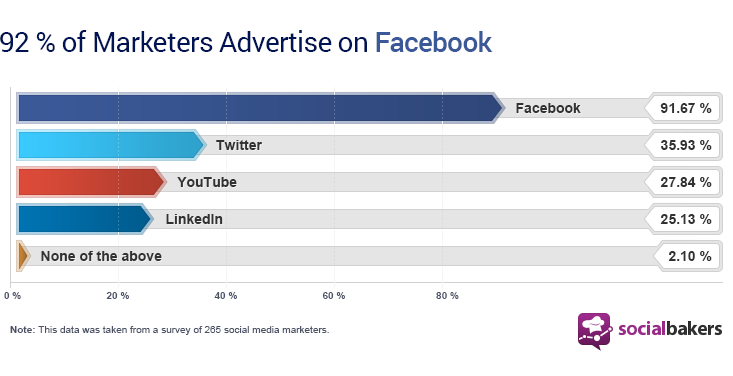
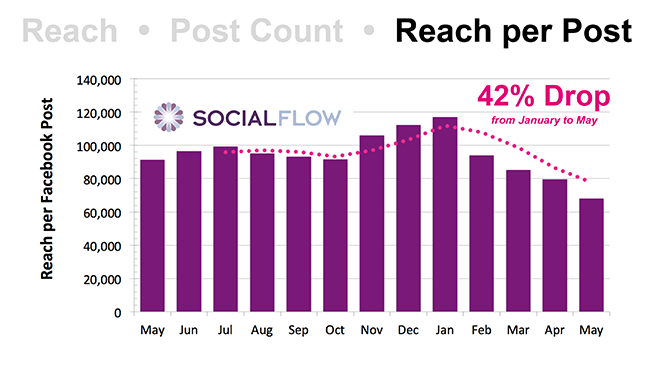
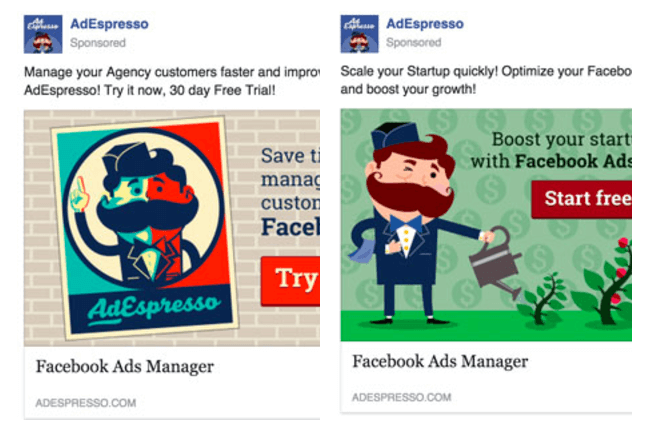
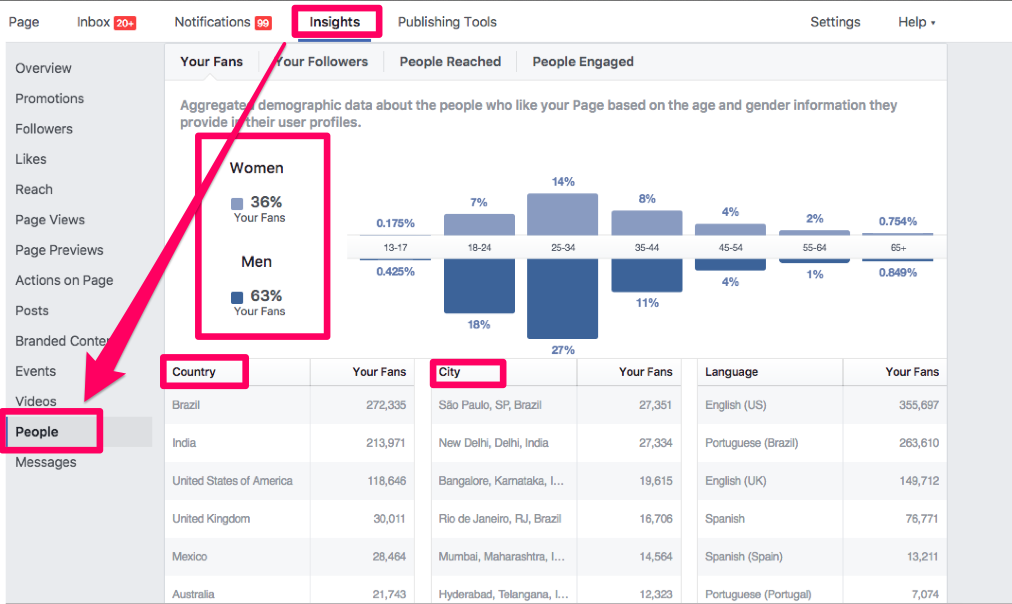
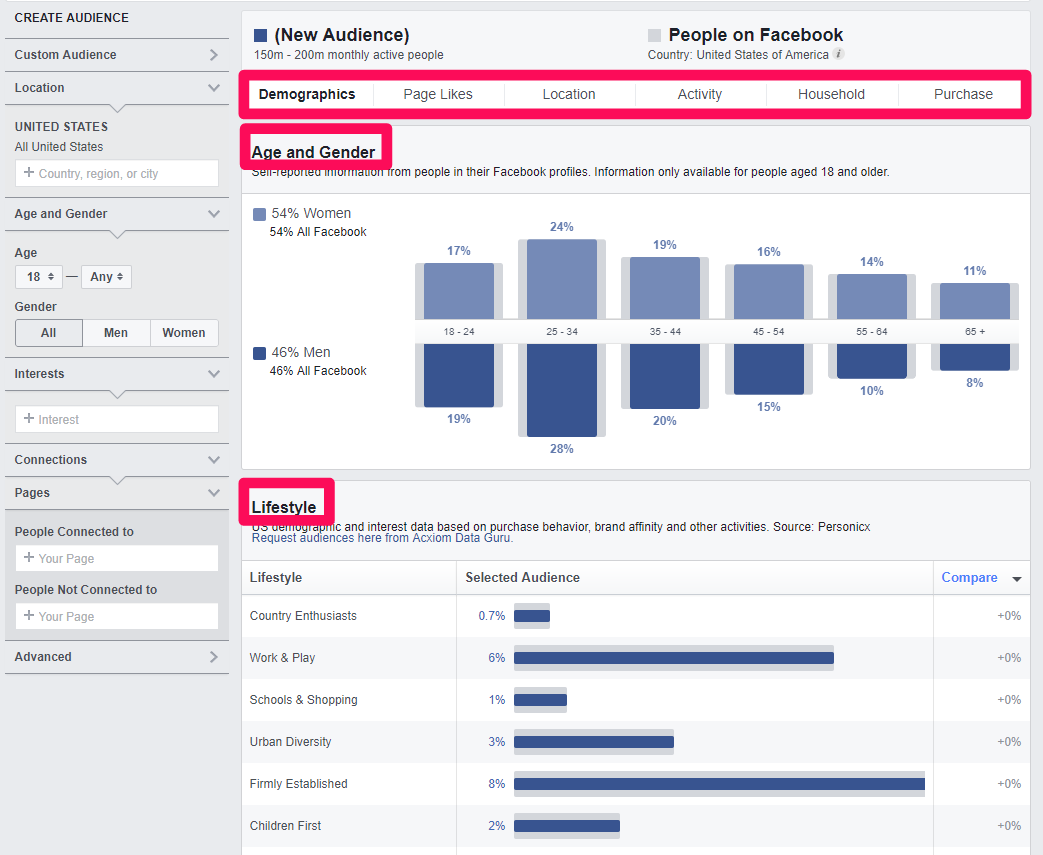
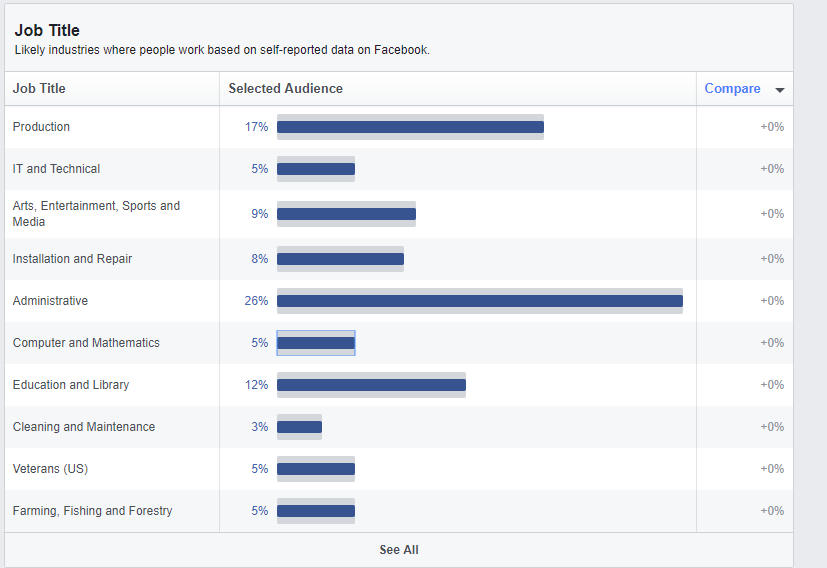
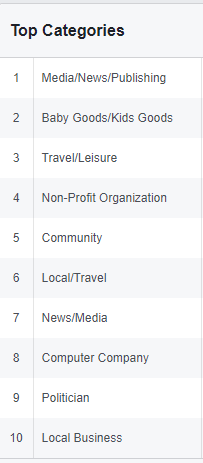
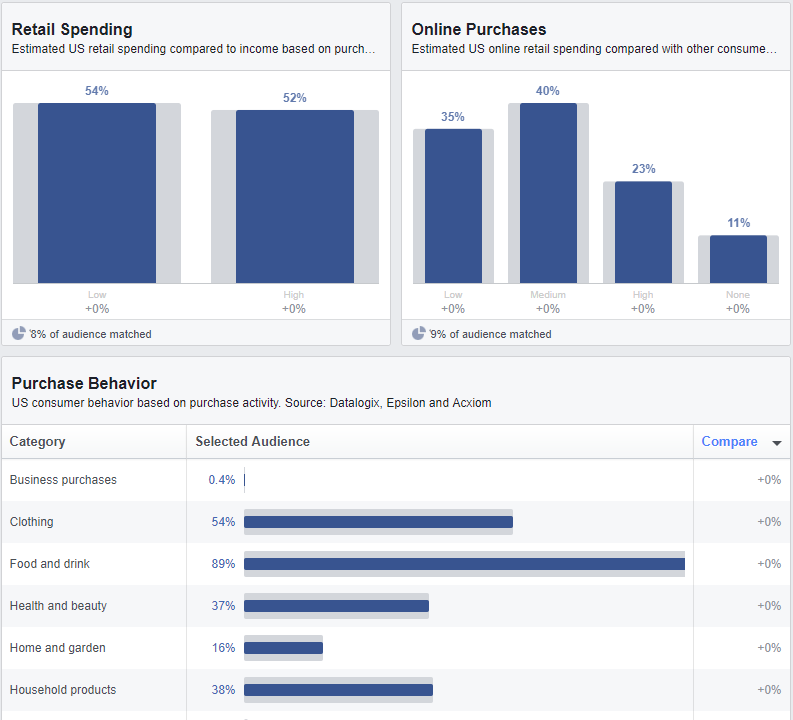
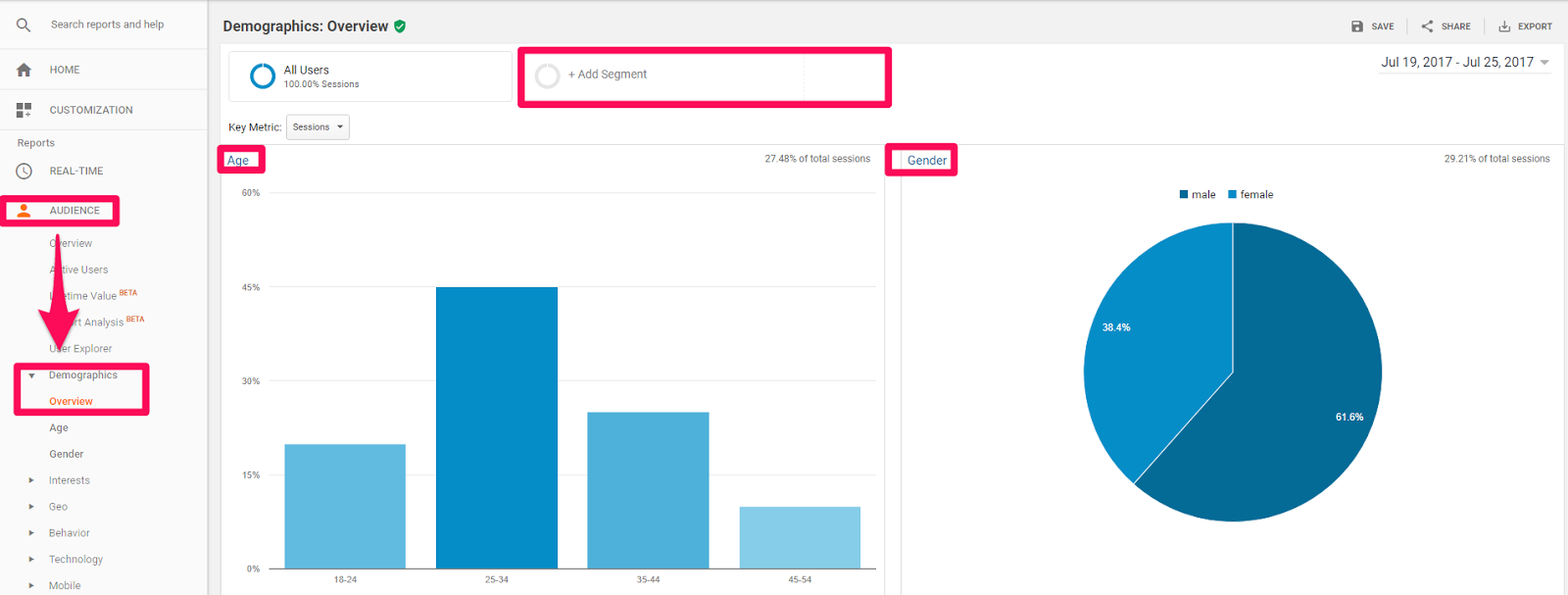
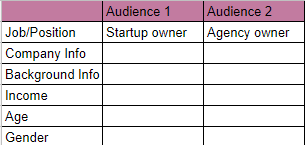



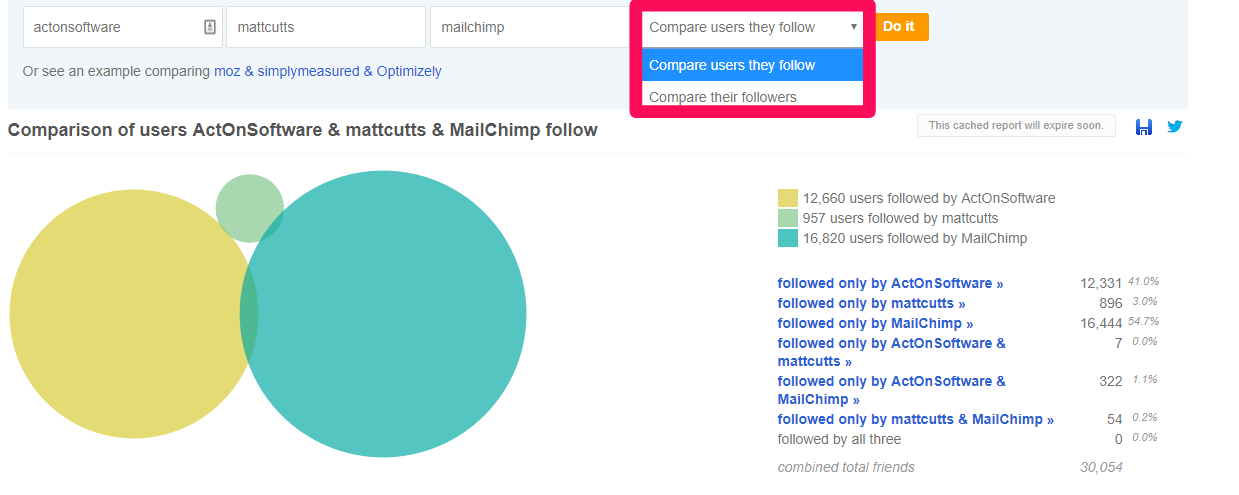

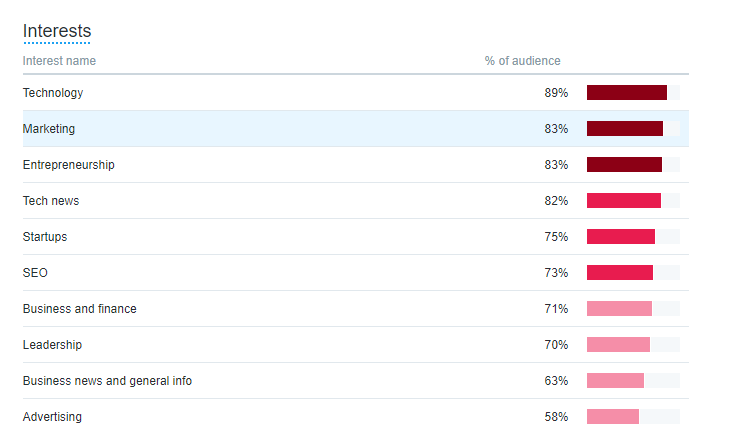

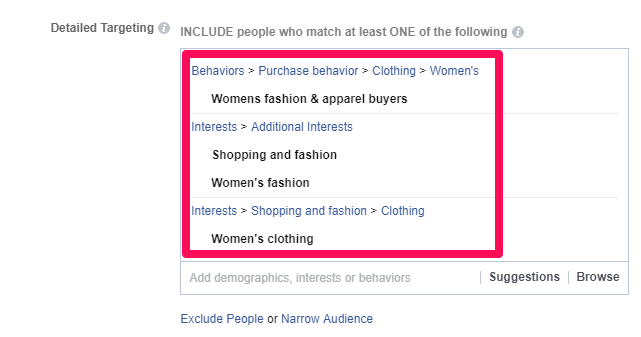
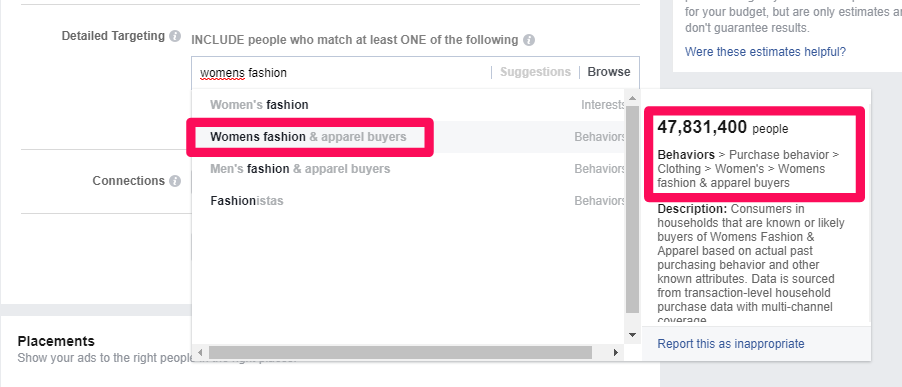
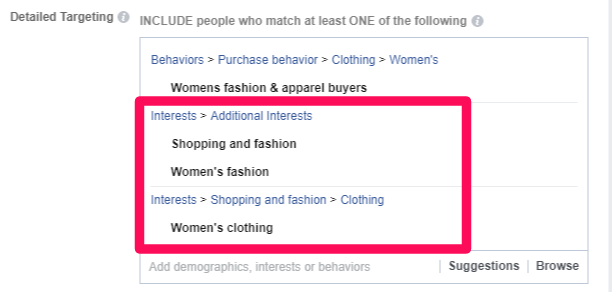
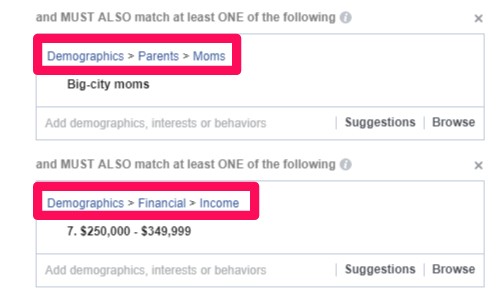
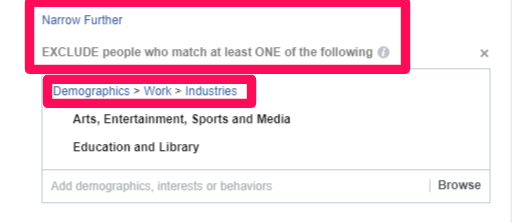
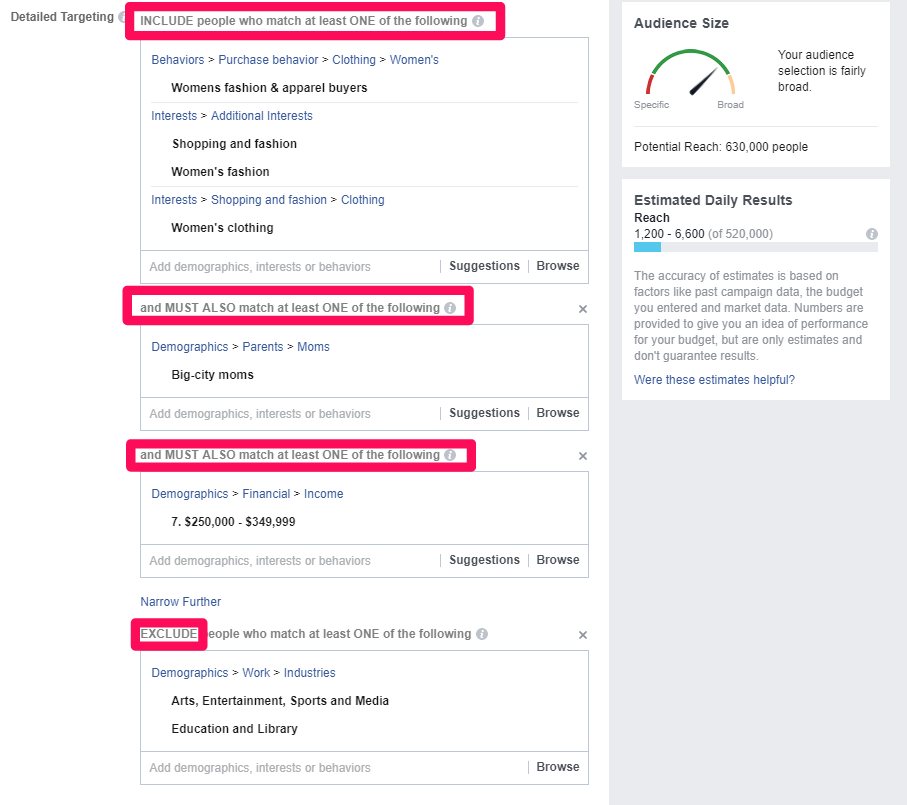
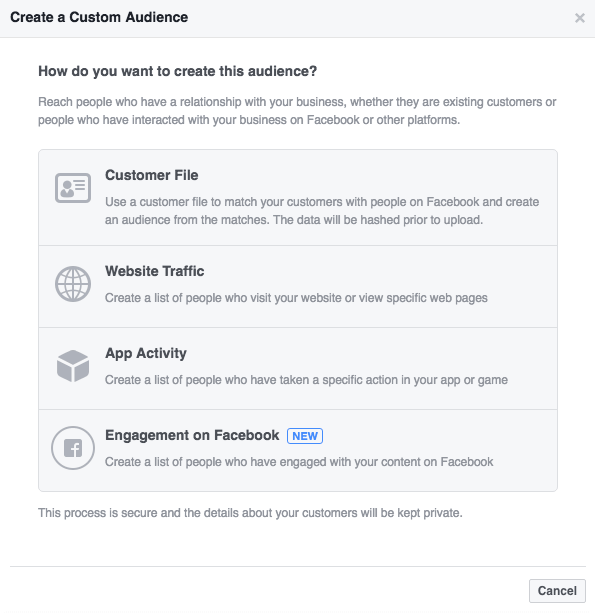
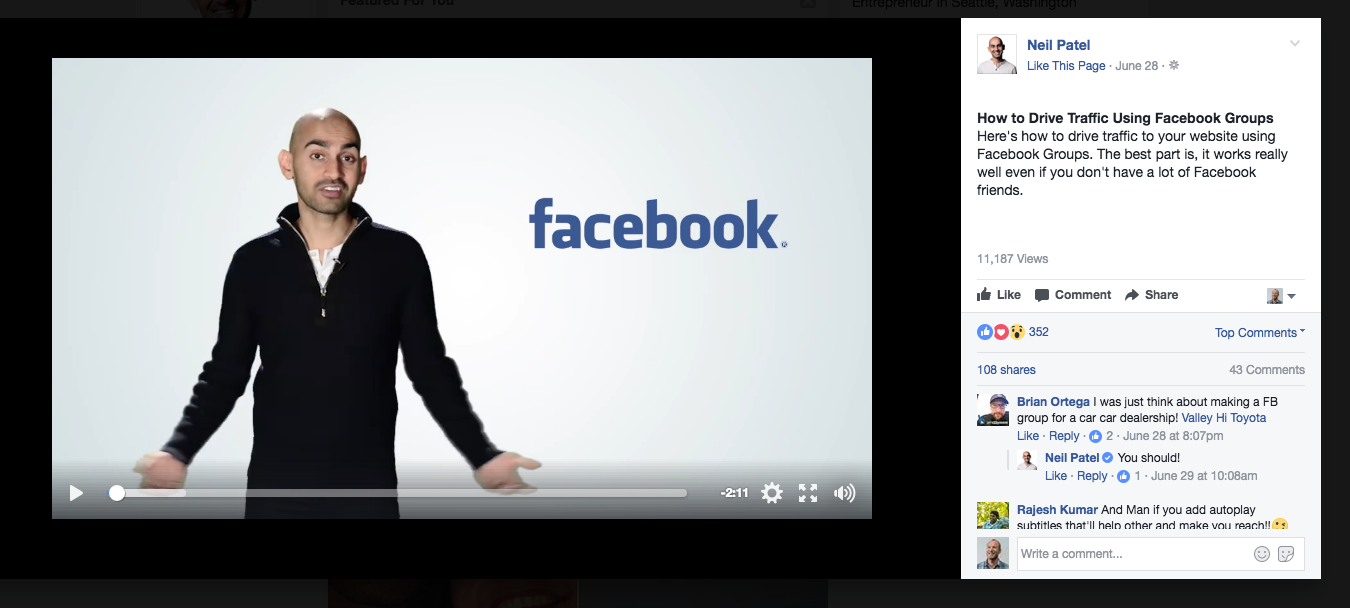
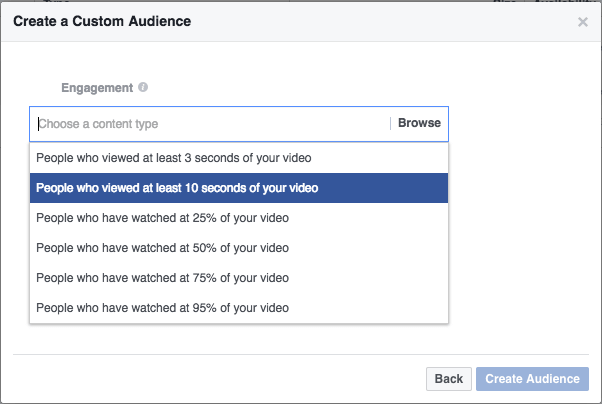
Comments (32)